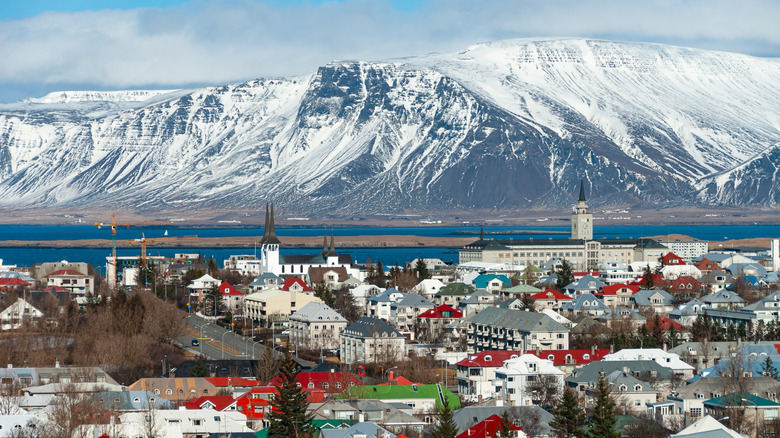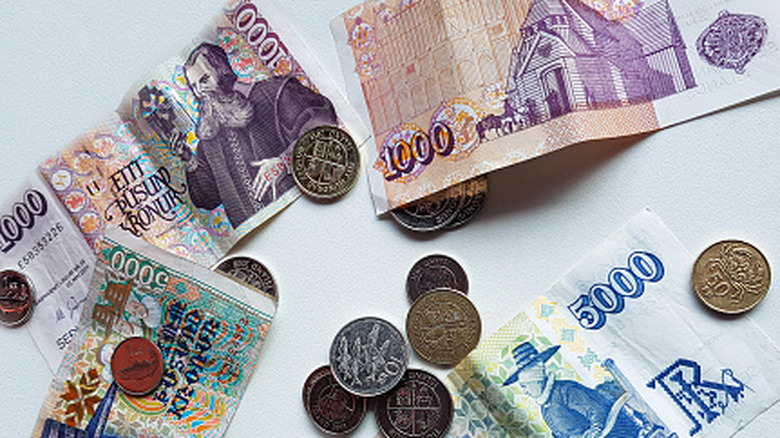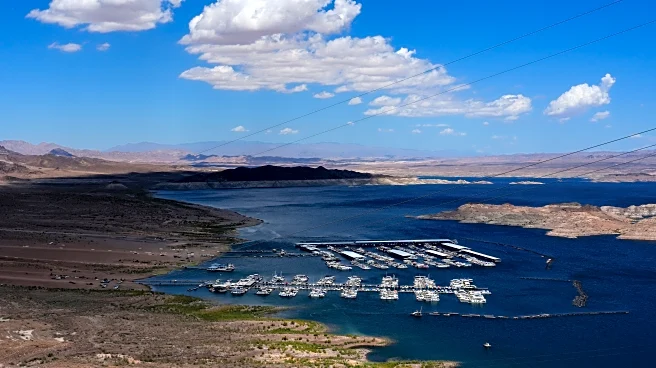
Without a doubt, a European escapade can come at a steep cost for Americans — even more so if their travel plans include Iceland. This breathtaking island nation, dotted with black sand beaches and hot springs, is one of the happiest countries in the world. Unfortunately, it's also the most expensive place Americans can visit in 2025. A study from The Forex Complex (via Travel + Leisure) revealed that visitors can expect to pay a whopping $400+ daily throughout their time in the Land of Fire and Ice.
Given this destination's high cost of living, this information may not be surprising to some.
Iceland is known for its exorbitant taxes, leading to, among other things, soaring gas prices. In fact, one gallon can cost over $9. This is something to keep in mind, as road-tripping around the country and traversing the famous Ring Road is a popular activity among visitors. Additionally, Iceland imports many of its goods; consequently, dining out and purchasing food could put a dent in your wallet. Take, for instance, the offerings at the Costco food court (yes, Iceland has a Costco). It's located about 20 minutes outside of Reykjavík, the country's capital and arguably, the country's most prominent city.
In a TikTok posted by @ShoPhoCho in early July 2025, the content creator demonstrated how pricey food can be. In the U.S., the typical price of an entire Costco pizza is about $10. In Iceland, you'll pay double that price. Another video by the creator shows that a Costco rotisserie chicken costs a little over $12, while stateside, it's only about $5. All this aside, Iceland has a high exchange rate (the currency used is the Icelandic króna), and there are fears that this may, in the long run, result in a decrease in tourism.
Read more: European Destinations That Are Best To Visit In December
Tips For Cutting Costs On Your Iceland Getaway

Although Iceland may not be the most ideal destination for explorers on a budget, there are ways to reduce your expenses. Of course, the time of year you travel matters. Reconsider a summer getaway to Iceland, when tourists typically flock to the island country. To get more bang for your buck, a fall or spring vacation is your best option. The weather will be chilly and perhaps even frosty. In any case, these seasons are marked by a lower demand in tourism, which could result in significant savings.
If you're planning to spend time in Reykjavík, the city is pedestrian-friendly, but you can also use Strætó, Reykjavík's public transportation system, to get around. Although, you should note that the bus fare will cost a little more than it typically does in the U.S. If you're road-tripping from Reykjavík, hold out on renting a car until you're ready to leave the city. Apart from the cost of gas, parking can be pricey. Likewise, there are plenty of affordable attractions and activities to enjoy. You can, for example, take a free walking tour of Reykjavík, courtesy of CityWalk. Featuring a 4.9 rating on Tripadvisor, this two-hour excursion will immerse you in the sights and sounds of Downtown Reykjavík. The catch? You pay your guide whatever amount you wish to.
For accommodations, ditch hotels and Airbnb; there are hostels throughout Iceland where you can book a stay for $120 or less per night. As mentioned, dining out won't come cheap. In lieu of this, head to the grocery store (such as Krónan) for staples and snacks that can last you for a few days. Lastly, avoid drinking bottled water while in Iceland, since you can drink it straight from the tap. If all else fails, you could always visit the significantly more affordable U.S. region with striking Icelandic vibes, Colorado.
Ready to discover more hidden gems and expert travel tips? Subscribe to our free newsletter for access to the world's best-kept travel secrets.
Read the original article on Islands.












